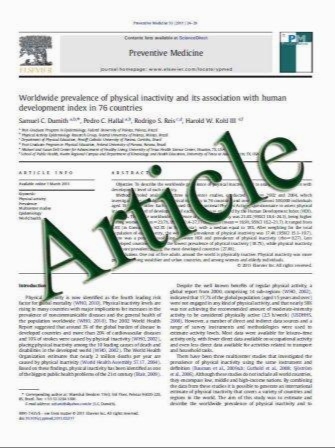Diagnosis of rejection after liver transplantation: use of phosphorus-31 magnetic resonance spectroscopy (31P-MRS)
- نوع فایل : کتاب
- زبان : انگلیسی
- مؤلف : Tao Jiang, Shiyuan Liu, XiangSheng Xiao, XiaoFeng Tao, GuangHua Liu, JinLin Wang
- چاپ و سال / کشور: 2008
Description
Background: In vivo hepatic phosphorus-31 magnetic resonance spectroscopy (31P-MRS) provides non-invasive information about phospholipid metabolism. Aims: To delineate 31P-MRS abnormalities in patients with chronic rejection and to charactererize spectral changes by pathology. Patients and methods: Sixty-six liver transplant recipients (18 with chronic rejection and 48 with normal graft function) and 38 controls (23 healthy volunteers and fifteen patients with biliary duct stricture) were studied with in vivo 31P-MRS. All the data and peak values were calibrated and calculated by the software of spectroscopy analysis GE, and the pH values were calculated by the Malloy’s formula, then the peak area ratios and altitudes of metabolites relative to adenosine triphosphate (b- ATP)and phosphate (Pi) were measured. Results: (a) The peak area ratios and altitudes ofPMEand PDE in biliary duct stricture group and chronic rejection group were higher than those of healthy volunteer group and normal graft function group. Patients with chronic rejection had significant differences in the peak area ratios of PME: b-ATP (P < 0.05) and PDE: b-ATP (P < 0.05) and in the altitudes of PME: b-ATP (P < 0.05) as compared with the other groups. (b) The ratios of b-ATP/Pi decreased in biliary duct stricture group, while they increased in chronic rejection group. There was no difference between the four groups. There were similar changes in the ratios of PME/Pi, but there was significant difference between the chronic rejection group and the other three groups. (c) pH values increased in biliary duct stricture group and chronic rejection group, though the difference was not significant with the healthy control group. (d) Histological specimens showed focal loss of hepatocytes, degeneration, and hepatocytic atrophy. Conclusions: 31P-MRS imaging is valuable in detecting the metabolism of the liver after transplantation, and suggests that further investigation of alterations in the phospholipid metabolism may be a useful future direction of research.
Abdom Imaging (2008) DOI: 10.1007/s00261-008-9451-1


